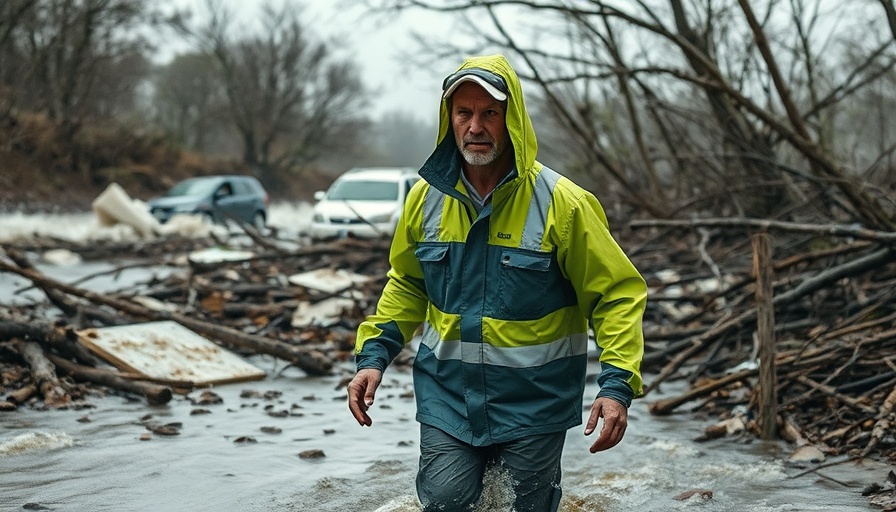
Catastrophic Flooding at Camp Mystic: What Went Wrong?
Just two days before a devastating flood wiped out the summer camp dreams of many, an inspection report revealed that officials from the Texas Department of State Health Services had approved Camp Mystic's emergency plans. This tragic event saw at least 27 lives lost and raised significant questions about safety regulations in youth camps across the state.
The Emergency Plans in Place
Records show that the camp was equipped with emergency procedures intended to safeguard campers in the event of disasters such as flooding or tornadoes. However, despite the apparent adherence to Texas Administrative Code and thorough training sessions for staff, the efficacy of these plans was put to the test and ultimately failed under the real circumstances of the flooding. Lara Anton, spokesperson for DSHS, emphasized that camps are expected to develop their emergency protocols, which trained staff should implement effectively.
Understanding the Social Impact of Camp Safety Regulations
The loss experienced by families and the community surrounding Camp Mystic is immeasurable. In a time designed for enjoyment and bonding, the campers and their families were subjected to trauma and grief. This incident underscores the necessity of re-evaluating safety regulations at youth camps and highlights the need for public discourse about what constitutes adequate safety measures.
Examining Past Flood Events: Lessons Not Learned?
This event is not isolated; numerous camps across Texas, especially those situated near rivers and low-lying areas, have faced similar threats in the past. The lack of effective responses to prior incidents raises concerns about whether relevant authorities are adequately prioritizing safety. For instance, the floods last summer resulted in property damage and community distress, yet many camps still have not developed robust strategies to prevent future tragedies.
Emergency Preparedness: Predictive Insights for Future Events
As climate change intensifies, the risks associated with extreme weather are anticipated to escalate. Experts predict that next summer could bring even more severe weather events, emphasizing the crucial need for camps and their governing bodies to proactively reassess their emergency plans. Ensuring that these plans are not only well-documented but also actively practiced is essential.
Community Responsibilities and Accountability
The tragedy begs the question of accountability: what measures should be in place to ensure camps are held responsible for the safety of their campers? Stakeholders—including camp operators, local government, and parents—must come together for ongoing dialogue about enhancing safety standards and emergency preparedness. This community approach could foster an environment of shared accountability and vigilance.
Conclusion: A Call for Change
The shocking events that unfolded at Camp Mystic should serve as a clarion call for improved safety protocols at youth camps throughout Texas and nationwide. As discussions ensue, parents need to advocate for enhanced safety measures to prevent similar tragedies in sporting and recreational events from occurring in the future. The obligation rests with camp officials, governmental organizations, and the community to ensure that the vision of summer camps as safe havens can once again be realized.
In moments like these, the unity and support of the entire community become paramount. If you are a parent, take the time to inquire about safety protocols in place at youth camps and advocate for your child's safety.
 Add Row
Add Row  Add
Add 




 Add Row
Add Row  Add
Add 

Write A Comment